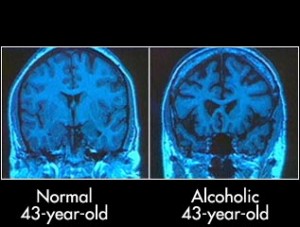The saying that someone has caught the “gay gene” may seem sort of rude and ignorant…but could it also be true? All the way into my start of high school I always had thought being gay was caused by your enviorment, how you were raised, or even by what interests you in society. I was amazed when I found out people were actually born with the gene. If there are genes that effect our height and some that effect our eye color, would it make sense that there are genes that effect our sexual orientation?
Well, the answer is yes. It is a proven fact that we are born this way, whether it be gay or straight. There was a study taken that looked at 409 pairs of gay brothers. What was found was a similar on the X chromosone across the board.
But with that being said, does society affect homosexuality at all? The only science found in this is that people who stated they were influenced by society were more likely to come out about their sexuality earlier than others. There is little to no proof that society can determine someones sexual preference at all. In a 1991 study by Richard Pillard, a gay man, stated that even though it seems to be DNA, enviorment seems to be a part of the reasoning. He goes on to saying that there is now a master gene that makes someone gay. There is no way to predict if someone will be gay.
There have been several studies showing that genes are what causes someone to have their certain sexual orientation. But what I do not understand is if one person has a gay gene, why doesn’t more people in the family have that gene? Its like in my family, there is not one person that does not have brown hair and blue eyes– should we treat this x chromosone gene the same as all other genes?
Overall, it is highly likely that we are born with your sexuality even though we might not realize it until we are of an older age. And even though people argue that is is all enviorment, it is not certain that that may play a small role! Either way, we are perfectly fine the way we are, even if we are shaped from DNA or from the society we are in.
Sources:
http://scienceblogs.com/gregladen/2014/11/18/do-genes-make-you-gay/
http://www.washingtonpost.com/posteverything/wp/2014/06/04/the-science-of-sexuality-how-our-genes-make-us-gay-or-straight/
http://www.councilforresponsiblegenetics.org/ViewPage.aspx?pageId=77
http://www.boston.com/news/globe/magazine/articles/2005/08/14/what_makes_people_gay/?page=2































